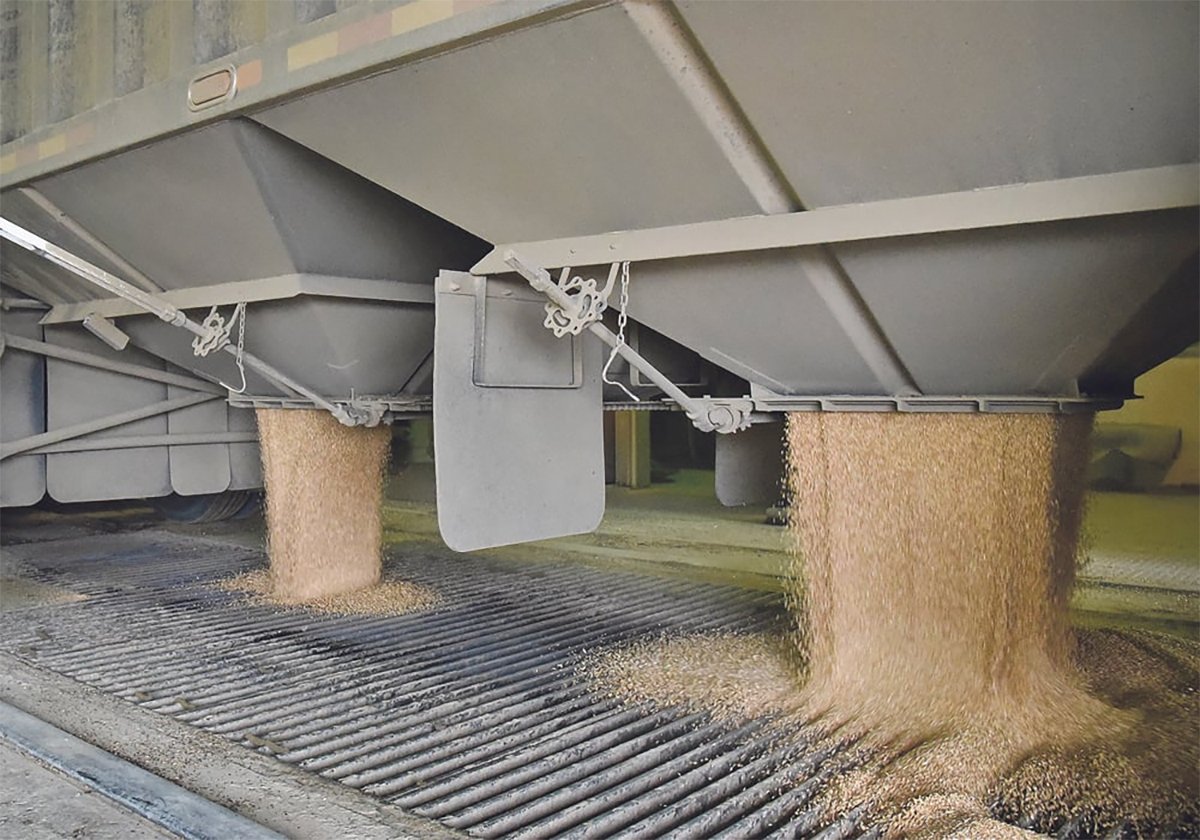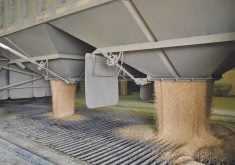For those who live and work along the shores of Lake Manitoba, the past summer has been a heartbreaking struggle. Many have lost their homes and livelihoods.
The channel recently finished to drain Lake St. Martin and in turn lower the water level on Lake Manitoba will hopefully ease the circumstances and those affected by the flooding.
However, Robert Arnason’s article inThe Western Producerof Nov. 3 mentions the plan for a second channel to be dug between Lake Manitoba and Lake St. Martin. This will increase that rate of flow out of Lake Manitoba. I see this as a reactive strategy where a more proactive solution exists.
Read Also

Worrisome drop in grain prices
Prices had been softening for most of the previous month, but heading into the Labour Day long weekend, the price drops were startling.
This past summer along highways in Manitoba, I have seen backhoes at work widening ditches and installing larger culverts to increase the rate of spring runoff. All this does is compound our problem.
Increasing flow rates may seem to be a common sense approach to dealing with excess water, but look at the consequences. Runoff is concentrated to a short time period in the spring, overwhelming natural and man-made control structures. Erosion issues are unavoidable and nutrient loads from agricultural runoff flow directly into Lake Winnipeg.
A preferable solution would be to hold back water high in the watershed. The restoration of natural wetlands and the construction of control structures that release water slowly would have several benefits.
Water would work its way through the watershed more slowly, reducing erosion issues. Existing drainage structures would have time to remove excess water without shoreline flooding. Wetland vegetation would reduce the nutrient load in runoff …. I await a meaningful government water policy that addresses these issues.
Neal Van De Spiegle,Swan Lake, Man.














